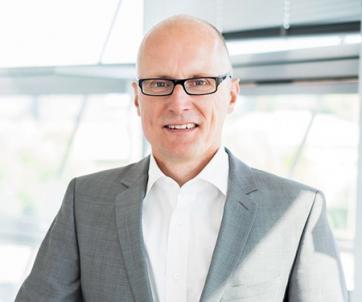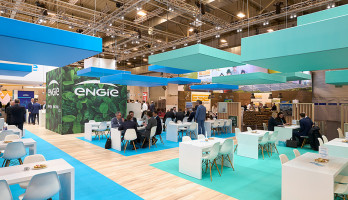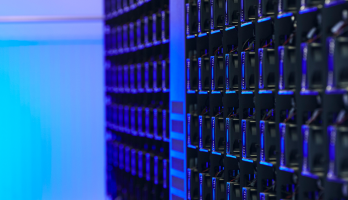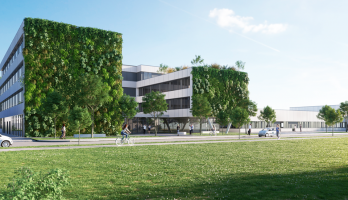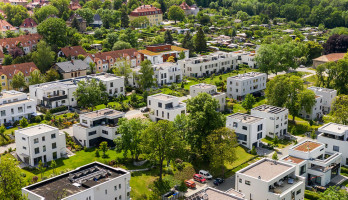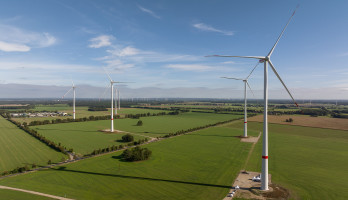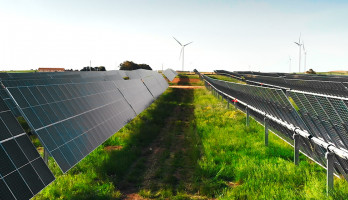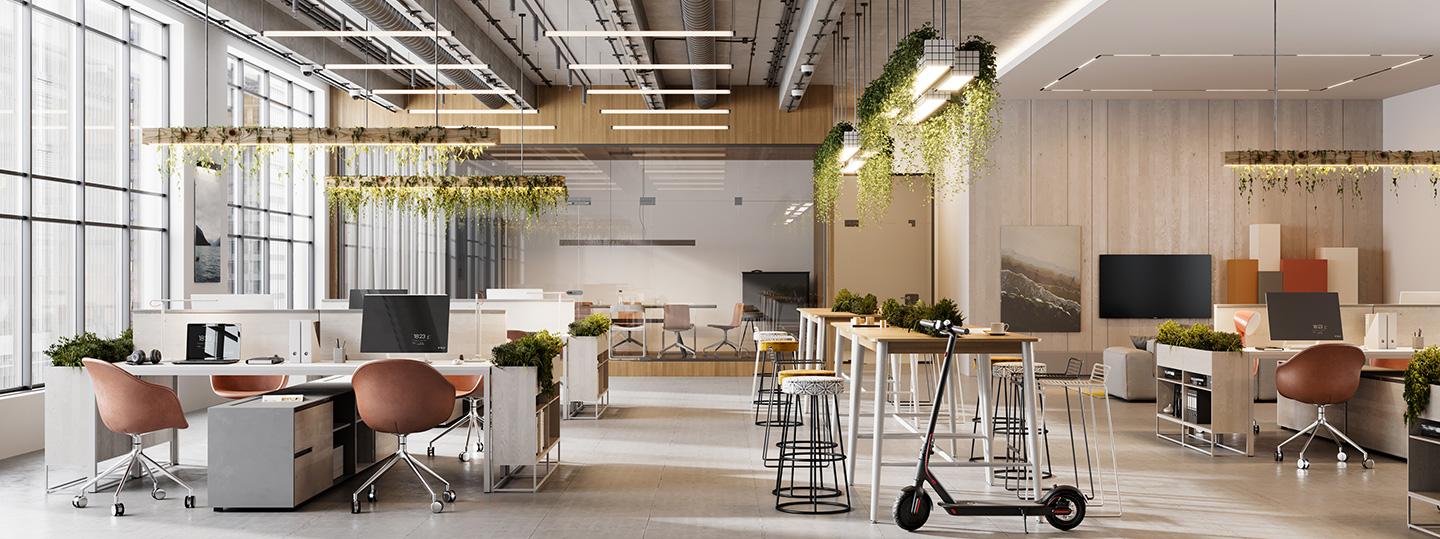
Sustainability and energy efficiency in the office – and what this has to do with New work
guest commentary
When it comes to sustainability and efficiency in the office, the issues usually come up on their own. The focus is primarily on energy consumption through heating, air conditioning and light. Then the possibilities of limiting it via technologies, structural measures and also user behavior. And then there is the issue of sustainable building materials or cradle to cradle. What is (far too) seldom in focus is the actual use. Because first and foremost, it determines whether an office is sustainable. Optimum utilization possibilities can be taken into account in a new building, but we have far too few new buildings compared to the existing ones. And once utilization becomes the focus, modern workplace models are not far behind. But what does that have to do with sustainability? First things first...
What has happened in recent years in terms of usage and workplace models
The topic is at least 20 years old. Innovative approaches first "spilled over" from the Netherlands to Germany, where "modern workplace projects" easily date back to the last millennium. The first "non-territorial worlds" were created, in which employees were no longer assigned a fixed workstation, thus positively influencing the utilization of the space. After that, and especially in Germany, however, not much has really happened. The issue was addressed broadly, but ultimately tended to be subsumed into a simple way of reducing space. This resulted in many projects which did not really follow the basic principles of the "modern workplace", but could be reduced to open space with fancy furniture on 400m² of fire protection sections. And large spaces do not create a new form of working (together), but still bring the disadvantages experienced in the 70s. Only more colorful.
The pandemic as a development accelerator
But the trend is now gaining momentum. The massive, pandemic-driven growth of the home office scheme has had one main effect: The realization that a clearly different way of working – especially remotely, and that is what also comes into play in modern workplace concepts through non-territoriality – does not cause a dramatic drop in productivity. Often quite the opposite! Of course, it would have been desirable that the opportunities and the potential of modern approaches had been reason enough to develop in this direction across the board. Here, however, the persistently strong forces of inertia spoke against this. But so be it, the recognition is now there and should be used.
A generational issue? Or something else?
In all experience, the acceptance of new forms of work is NOT a generational issue. Instead, the environment has tended to shape the attitudes of those who work in it. And not so much their age, you find just as many open-minded people in their late fifties as you find people who refuse to innovate in their late twenties. However, the affinity for technically alternative solutions could accelerate the acceptance somewhat. This is not a question of attitude, but rather of development.
However, leadership is much more important in the widespread acceptance and applicability of new forms than the actual employee. It is no use working in a highly flexible, spatially variable, resource-conserving and interactive manner if the manager does not actively support this and, above all, does not have the skills of remote leadership. Mobile, flexible working also requires mobile, flexible leadership. And this is something that managers across the board have not learned and do not apply as a matter of course. There is an urgent need to invest in this! This must be actively worked out, otherwise the flow into the home offices will have a medium-term countereffect that will then cause productivity and efficiency values to melt away after all. So it is mainly the managers who need to be trained. Especially since the acceptance of the new way of working has reached such a high level in the workforce that would probably never have been achieved without the pandemic. This momentum must be used!
What "modern working" means...
But what does "modern workplace" mean? What is the "new form of working"? This question is actually quite easy to answer. Modern means that the working environment is optimally suited to the respective type of work. Making calls without disturbing others. Working in a concentrated manner without being disturbed. Team work in an inspiring team room that is not too big or too small. Exchanging ideas in a communicative and sociable environment. Confidential conversations in a confidential environment and much more.
However, a general statement that "we are now communicating much more and have therefore removed the walls" is quite foolish. It has been proven that communication decreases the more a room is exposed to noise. Communication is not a fundamental part of the working world, but only belongs where it is to be fostered. In places where concentrated work is done, it must be discouraged. This speaks in favor of a spatial melody that has been developed precisely to fit the given situations, and not in favor of open space. And this is determined by a very simple work type analysis. For 2-4 weeks, the selected area must be observed and documented with regard to easy to distinguish types of work (concentration, confidentiality, discussion between two or group, telephony (loud and quiet), team development work, meetings, etc.). The result, in all experience, is a very reliable view of what is actually being done within the space. And that's exactly what the spatial melody has to match. Not to ideological beliefs.
If, for example, the result is that on average 50% of the work in an organizational area requires concentration and 30% is done on the phone, then this should also be reflected in the workstations made available. If, on the other hand, an open space area is provided for this scenario in this example, then this is definitely wrong. It can be nicely decorated, equipped with high quality and excellently engineered, it simply will not work.
The bridge to energy efficiency and sustainability
But what does this have to do with energy efficiency and sustainability? Very simple. If you first of all determine the actual average absenteeism rate and then approach the basic principles of a new and flexible working world, you will always find that you can get by with significantly less space than was previously the case. And here, rates of 50% are not at all unrealistic. On the contrary, if home office potential is included (which has not been taken into account so far!), there is even more room for reduction. And nothing, but nothing at all, is as cost-effective and sustainable as an area with a facility and operation that is no longer needed. This is by far the greatest and first potential that everyone can leverage. Only then – and especially at a great distance – will solutions such as energy saving techniques or digitalization come. So simple, so good.
Our Expert
